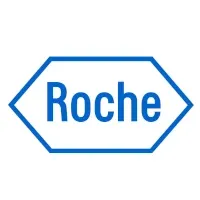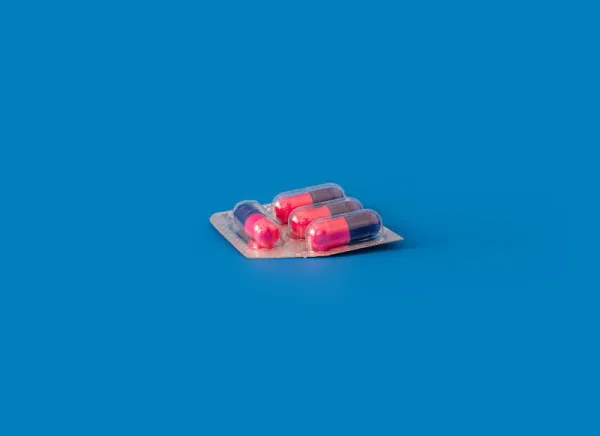Roche and Carmot's GLP1 pipeline
We take a look at Roche (via Carmot)'s GLP1 pipeline development, and figure out how CT-388, CT-996, and CT-868 are trending.

Roche is a large multi-national pharmaceutical company that's well known for a huge number of new drug discoveries (one of the most popular being Accutane for acne).
Roche entered the GLP1 Receptor Agonist marketplace with their acquisition of Carmot (a US company based out of Berkeley, California) at the end of 2023:

At the time, Carmot's lead drug was a GLP1 + GIP dual agonist (similar to but not the same as Tirzepatide AKA Mounjaro/Zepbound) called CT-388.
Roche acquired Carmot specifically for it's "clinical stage incretins [with] great potential to treat obesity, diabetes and potentially other diseases" – a smart move given how huge GLP1s look to be to the future of obesity and healthcare worldwide in general.
That said, CT-388 wasn't alone – there were two other drugs in focus:
- CT-996 is a once-daily oral pill, and a "simple" GLP1 receptor agonist (single agonist)
- CT-868 was a subcutaneous injection of a dual agonist (GLP + GIP) that was aimed towards sufferers of type 1 diabetes who are overweight or suffering from obesity.
Want to read more about Roche and Carmot and GLP1s?





